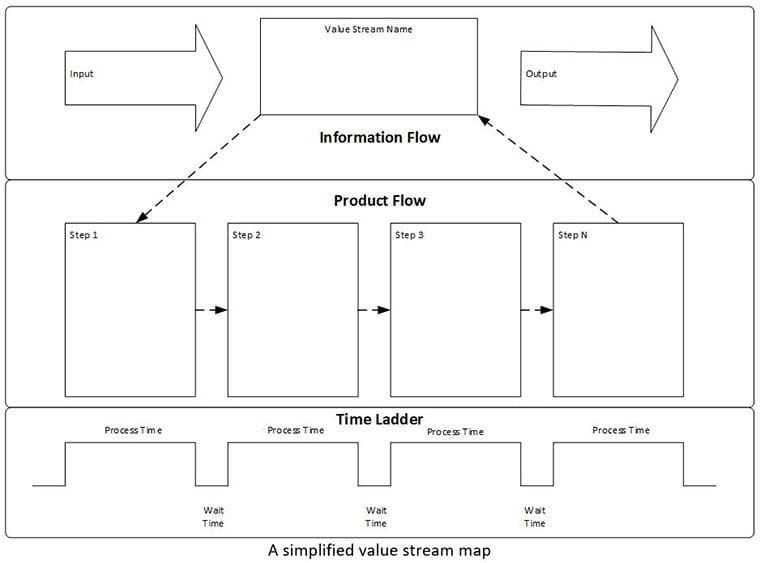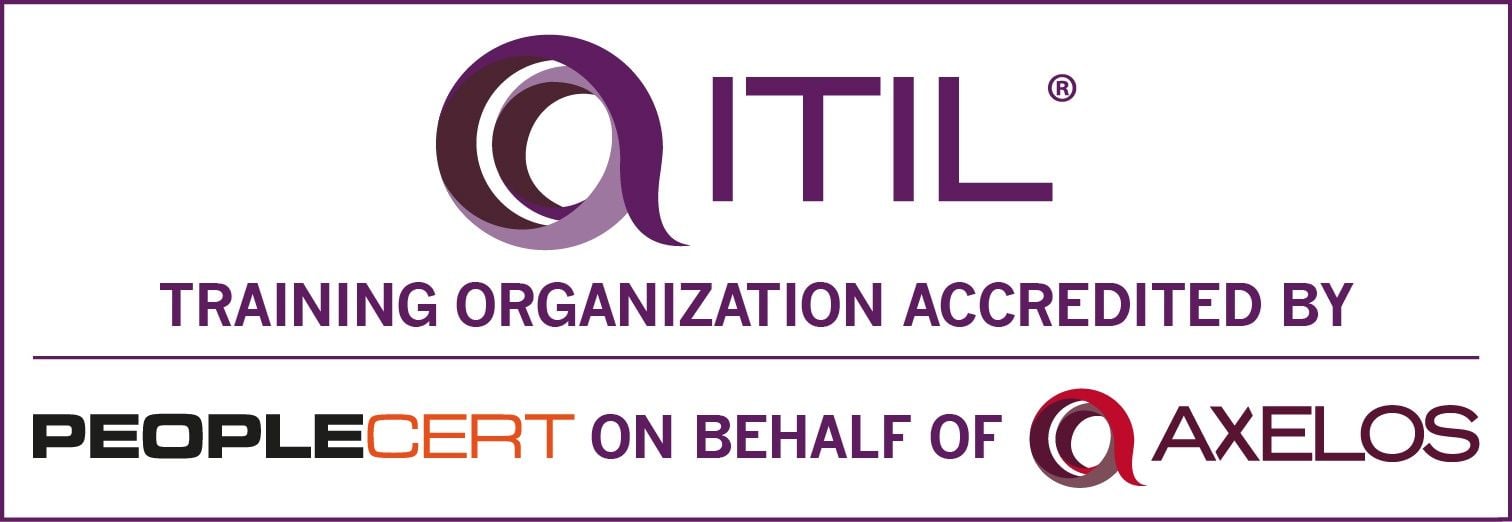A Map for Service Desk Improvement
In my article, Is Your Organization Good at Getting Better?, I discussed the importance of developing the organizational capability of continual improvement. In this article, I discuss using value streams and value stream mapping to identify improvements to the service desk.
Value streams and value stream mapping have their roots in Lean, a methodology developed within the manufacturing industry to find waste within the production process. In recent years, many service management professionals have adopted and introduced Lean techniques into IT organizations to drive continual improvement.
What Is a Value Stream?
Karen Martin and Mike Osterling define a value stream as "the sequence of activities required to design, produce, and deliver a good or service to a customer, and it includes the dual flows of information and material." Steve Bell and Mike Orzen describe a value stream in a couple of ways. The first definition is "the sequence of activities required to design, produce, and deliver a good or service to a customer, and it includes the dual flows of information and material." They also describe a value stream as being "comprised of all processes, tasks, and activities used to bring a product or service from concept to customer, and includes all information, work, and material flows."
In simple terms, a value stream is a series of steps that takes a customer demand and turns that demand into a valuable result for that customer.
Isn't a Value Stream the Same As a Process?
A frequent misconception is that a "value stream" and a "process" are one and the same. While value streams and processes are closely related, they are two different things.
A process is a defined set of activities that transform defined inputs into defined outputs. A value stream can be thought of as a set of linked or interconnected processes.
If a value stream is a series of steps that takes customer demand and turns that demand into a valuable result, then processes comprise the activities that support each of the steps within a value stream. I like to think of a value stream as the "macro" or "big picture" view of how value flows through an organization (keep in mind that a value stream can, and often does, cross departmental boundaries). Processes provide the "micro view" of the detailed activities that are performed at each step.
Why Is It Important to Understand and Map Value Streams?
A value stream map is the visual depiction of a value stream. A value stream map shows a significant amount of information and uses a more linear format. 
According to this article from Plutora, a value stream map typically has three key sections:
- Information Flow. Shows the communication of process-related information and the transmission of data.
- Product Flow. Shows both the task being performed and the person or team performing the task.
- Time Ladder. A somewhat simplistic visual representation of the value stream timeline.
Effective value stream mapping provides several benefits:
- Helps teams visualize work. Seeing a picture of what work is getting done and how value and information is flowing through an organization helps establish a shared understanding among stakeholders.
- Avoids "siloed thinking." As organizations and teams work to improve, there is often a tendency to focus improvement efforts only on a single area. The problem with such an approach is that local improvement only delivers local results and might not result in enhanced customer value.
- Promotes systems thinking. Taking a "systems thinking" approach helps stakeholders understand the "big picture" and recognize the interdependencies within a value stream.
- Understand the cross-functional nature of work. The transformation of demand or a request often flows through many teams or departments within an organization.
- Helps identify waste. If there are bottlenecks or delays in getting work done, a value stream map provides transparency and insight into such issues.
- Recognize how individuals and teams contribute to value... and how they make a difference.
- Helps us understand the difference between what we think is happening versus what is actually happening.
Most importantly, a well-done value stream map helps organizations understand what the customer values, and the most efficient way of delivering that value.
Improve Your Service Desk Using Value Stream Mapping
Feel like your service desk could use a little improvement? Perhaps a value stream mapping exercise is just the ticket! Here are a few tips for using value stream mapping to improve your service desk.
- Form a cross-functional improvement team. Don't limit the value stream mapping exercise to those working within the service desk. Otherwise, you'll get only a service desk-centric and not a holistic view of the service desk. Invite representative service desk consumers and others within the IT organization that frequently interact with the service desk. But keep the team small to ensure good individual contributions. I have found that having seven to nine people on an improvement team is optimal.
- Do not assume anything. Value stream mapping is an exercise in discovery. Work, information, processes, and procedures may have evolved over time.
- Define the scope, specifically the beginning and end points to be reviewed. What is the problem you are trying to solve? What improvements or goals do you want to achieve or realize?
- Enlist an independent facilitator. Identify someone who is not directly involved with the service desk to facilitate the value stream mapping exercise. This will further help the team avoid making assumptions and help the team "see" things as they really are.
As with anything related to continual improvement, value stream mapping should not be a "once and done" event. Value stream mapping, especially at the service desk, can be a great tool for the service desk agent and the service desk consumer to develop a mutual understanding of value, as well as how to efficiently deliver that value.

)
)
)
)
)
)
)
)
)
